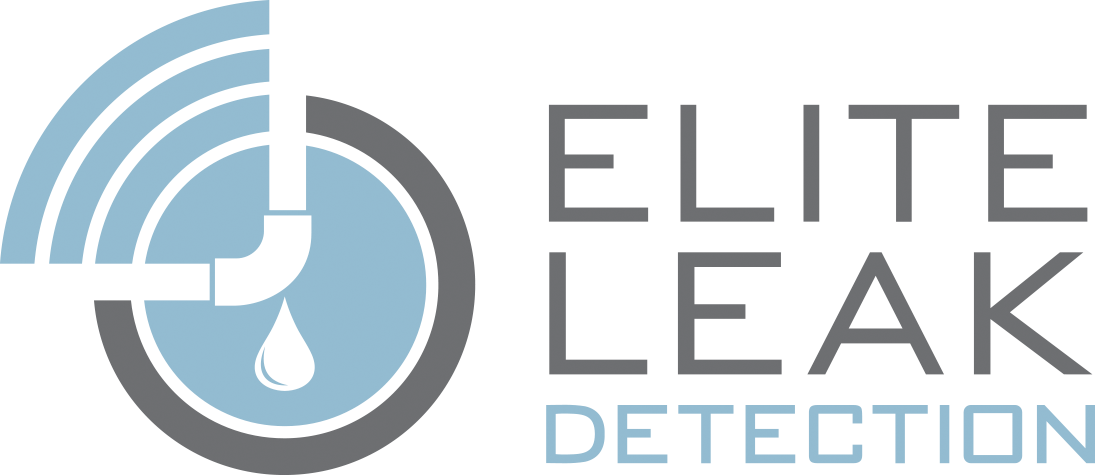It's a common question, and one you might not be able to confidently answer.
In the winter, maybe you got by with adding water every couple weeks. Now the days are getting longer and warmer, and you're adding water much more frequently. Is it just the weather? Or do you have a leak?
How Much Water Should My Swimming Pool Be Losing?
There are many variables that help contribute to your pool's rate of evaporation. Sunlight, water temperature, atmospheric humidity, and wind all play a factor. It's not uncommon in the colder winder months to lose almost nothing to evaporation-maybe 1/16th-1/8th of an inch per day. At that rate, you shouldn't need to add water to your pool more than every couple weeks or so.
In the middle of summer, with the right conditions, a pool can lose upward of 1/2 an inch a day.
A foolproof method of judging your evaporation rate is the bucket test. In one day's time, this simple test will leave you with a confident understanding of whether your water loss is simply evaporation or if you have a leak on your hands.
Other Causes of Water Loss
It's not just the environment that dictates your pool's water loss. Does your pool get a lot of use? Splashing and climbing in and out of the pool every day will certainly lower that water level faster.
Overfilling a pool can also make it look like there's a leak. The proper fill-level for a pool is the mid-line of the tile. Filling a pool to the very top will almost always result in rapid water loss, if just for an inch or two. The very top of a pool often has cracks, gaps, or cold joints that were never designed to be waterproof. Filling above the mid-line of the tile is unnecessary and often counterproductive.
Infinity edges, spa spillways, and fountains that run for hours a day can also significantly increase evaporation, as the water that splashes gets atomized and evaporates much more easily. If you're concerned about your evaporation, try cutting back the amount of time your fountain runs each day.
How to Help Curb Pool Evaporation
Evaporation is a unavoidable element of owning a swimming pool. That being said, there are a few things that can be done to help reduce its impact.
- Avoid excessively heating your pool. A warm pool is an evaporating pool. If you can enjoy your pool at 75°, don't heat it up to 90°.
- Add a pool cover or solar blanket. Ironically, this contradicts the first tip above, as either a pool cover or solar blanket will help naturally increase the temperature of your pool. But, with a cover over your pool, the water that would normally evaporate is trapped under the cover, and kept in the pool. This is the best way to keep your evaporation level down.
- Turn off fountains and other water features. This was mentioned earlier in the post, but it's worth reiterating. Water features can noticeably impact evaporation by increasing the surface area exposed to the atmosphere and by aerating and atomizing water through splashing.
With these tips in mind, bask in the confidence you are doing what you can to properly look after your pool, saving both water and money.


